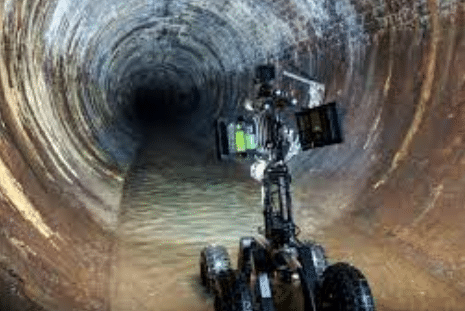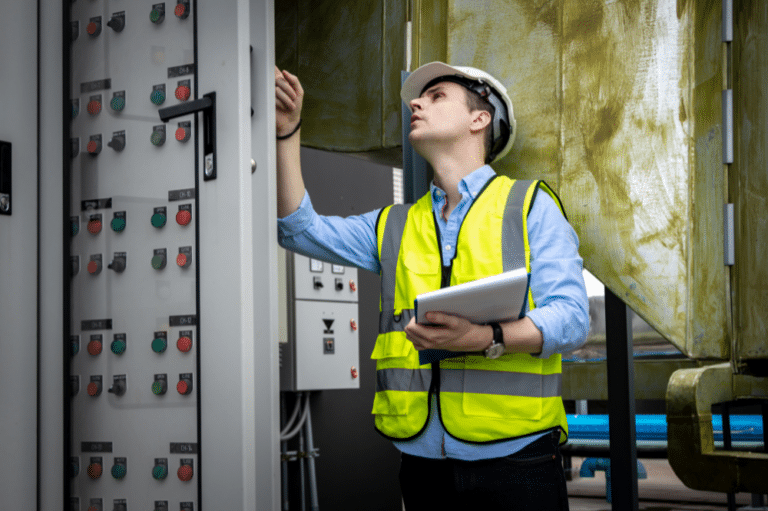The foundation is the bedrock upon which the entire structure rests, both literally and metaphorically. Ensuring that this crucial element is flawless from the start is paramount. This is where foundation pre-pour inspections come into play; they are not merely a step in the construction process; they are the safeguard against potential disaster.
By meticulously checking every aspect of the foundation before the concrete pour, contractors can avoid future issues that could compromise the building’s stability. Crescent Construction Services, a leader in the industry, understands this better than most, which is why we prioritize these inspections as a fundamental part of their workflow.
What Are Foundation Pre-Pour Inspections?
To understand the importance of foundation pre-pour inspections, it’s essential first to grasp what they entail. These inspections are thorough assessments conducted before the concrete pour to ensure that all preparatory steps are executed correctly. The inspection covers various elements, including soil analysis, rebar placement, and formwork setup. Each of these components plays a critical role in ensuring that the foundation will perform as expected once the concrete is set.
Soil quality is one of the first things inspected. The soil must be adequately compacted and stable to support the weight of the structure. The placement of rebar, which reinforces the concrete, is another crucial aspect. If rebar is not correctly positioned, it could lead to weak points in the foundation, compromising the entire building’s integrity. The formwork, which gives shape to the concrete, must be accurate and sturdy to prevent any movement during the pour.
These are just a few of the elements checked during foundation pre-pour inspections, but they illustrate the complexity and importance of this process.
The Risks of Skipping Foundation Pre-Pour Inspections
Neglecting foundation pre-pour inspections is akin to gambling with the future stability and safety of the structure. The risks associated with skipping this critical step are numerous and severe, potentially leading to long-term and costly consequences. One of the most common issues is uneven settling. Without proper soil compaction and inspection, the foundation may settle unevenly over time, leading to structural cracks that can compromise the entire building.
These cracks, often dismissed as minor cosmetic flaws, are red flags for more serious underlying problems. As these cracks expand, they can allow water infiltration, leading to moisture damage, mold growth, and even structural weakening. In areas prone to freeze-thaw cycles, these cracks can widen, further destabilizing the foundation.
Moreover, foundation instability can cause a cascade of issues throughout the building. Doors and windows may begin to stick or misalign, walls might develop additional cracks, and floors could become uneven. These problems not only affect the building’s safety but also its value, leading to higher maintenance costs, expensive repairs, and potential legal liabilities.
In extreme cases, severe foundation failure could make the building uninhabitable, necessitating a complete rebuild or demolition. Such outcomes are catastrophic, both financially and in terms of safety, emphasizing the absolute necessity of conducting thorough foundation pre-pour inspections.
Key Elements Checked During Foundation Pre-Pour Inspections
Foundation pre-pour inspections are comprehensive, covering several critical elements that ensure the foundation’s long-term performance. One of the first elements inspected is the soil quality and compaction. The soil beneath the foundation must be stable enough to support the building’s weight. Any weaknesses here can lead to uneven settling, which can compromise the entire structure.
The formwork’s accuracy is another critical component. Formwork gives shape to the concrete as it sets, so it must be correctly aligned and secured. Any deviations from the planned dimensions can lead to problems later on, including misalignments that could affect the building’s overall structural integrity. Rebar and reinforcement placement is also thoroughly checked during these inspections. Proper reinforcement guarantees that the foundation can withstand the loads and stresses it will face over its lifetime.
Environmental factors, such as moisture content and temperature, are also considered. Concrete curing is a chemical process that can be affected by these factors. Ensuring the right conditions during the pour is essential for the foundation’s strength and durability.
Why Crescent Construction Services Is The Right Choice
Crescent Construction Services has established itself as a leader in foundation pre-pour inspections. With years of experience and a reputation for excellence, we bring a level of expertise that few can match. Our team of professionals uses advanced tools and technology to ensure that every inspection is thorough and accurate.
Crescent Construction Services understands that no two projects are alike, which is why we tailor our inspection process to meet the specific needs of each job. Whether it’s a residential project or a large commercial development, we have the knowledge and skills to ensure that the foundation is flawless before the concrete is poured.
In the end, the success of any construction project begins with a solid foundation. By prioritizing foundation pre-pour inspections, Crescent Construction Services helps ensure that every building they work on starts off on the right foot. If you’re planning a construction project, don’t leave your foundation to chance. Trust Crescent Construction Services to lay the groundwork for success.








